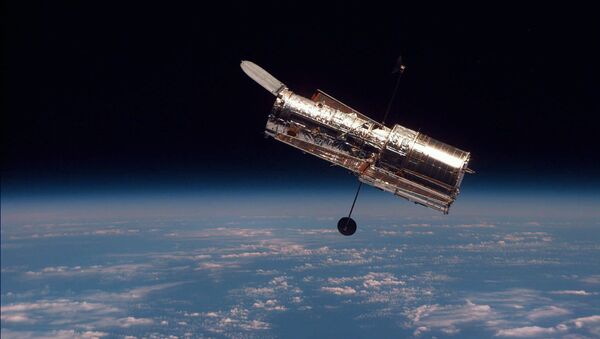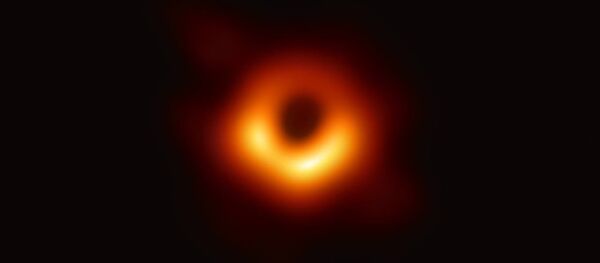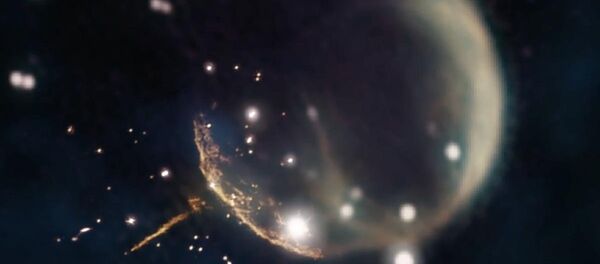This mind-blowing image is a composite of 7,500 individual exposures representing 16 years of data collected by NASA's Hubble Space Telescope, an observatory in low-Earth orbit capable of capturing incredibly precise images of deep space.
NASA included a video in its press release last Thursday showing a slow zoom-out of the photo, to give you an idea of its incredible depth. Check it out, but get ready to feel veeeeeeery small.
Each one of those bright spots is a galaxy, just like our own Milky Way.
"This one image contains the full history of the growth of galaxies in the universe, from their time as 'infants' to when they grew into fully fledged 'adults,'" Garth Illingworth, who led the Hubble Legacy Field image team, said in the statement.
Since nothing travels faster than the speed of light, looking at most distant objects in the universe is like looking back in time. The most distant galaxies in this image are 13.3 billion light-years away, meaning the light from them "left" just 500 million years after the universe was created, but is only arriving here now.
"The universe's evolutionary history is also chronicled in this one sweeping view," the NASA statement says. "The portrait shows how galaxies change over time, building themselves up to become the giant galaxies seen in the nearby universe."
"We've put together this mosaic as a tool to be used by us and by other astronomers," Illingworth said. "The expectation is that this survey will lead to an even more coherent, in-depth and greater understanding of the universe's evolution in the coming years."
"No image will surpass this one until future space telescopes are launched," the space agency flatly stated.
Named after Edwin Hubble, the astronomer who in 1929 discovered the existence of galaxies, the Hubble was launched in 1990 and has been working long past its intended lifespan. It hasn't been repaired since 2009, when the US ended its Space Shuttle program, which maintained the telescope. While the Hubble continues to function and could continue to do so for decades to come, the far more advanced James Webb Space Telescope is expected to launch in 2021, NASA said.



